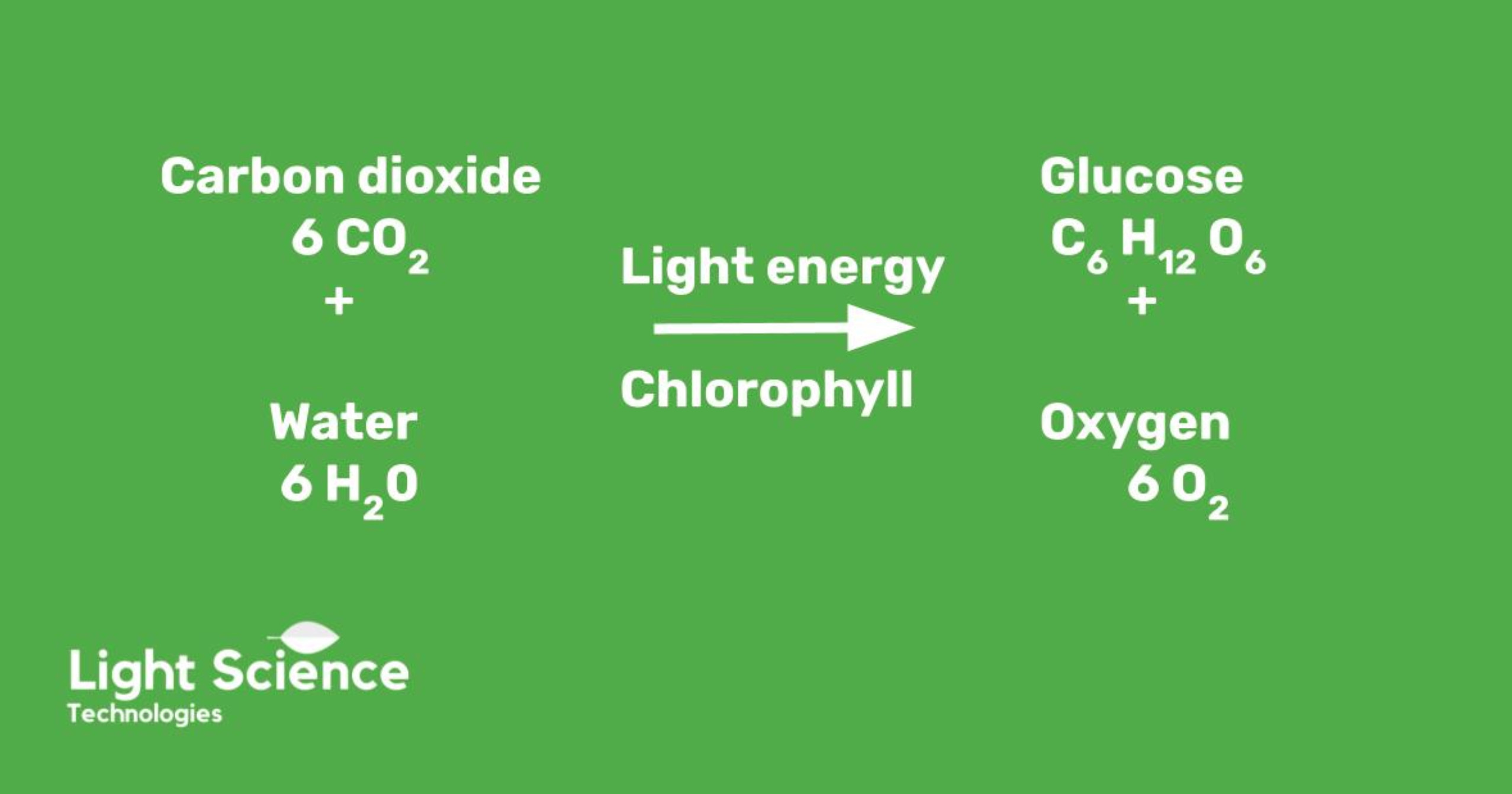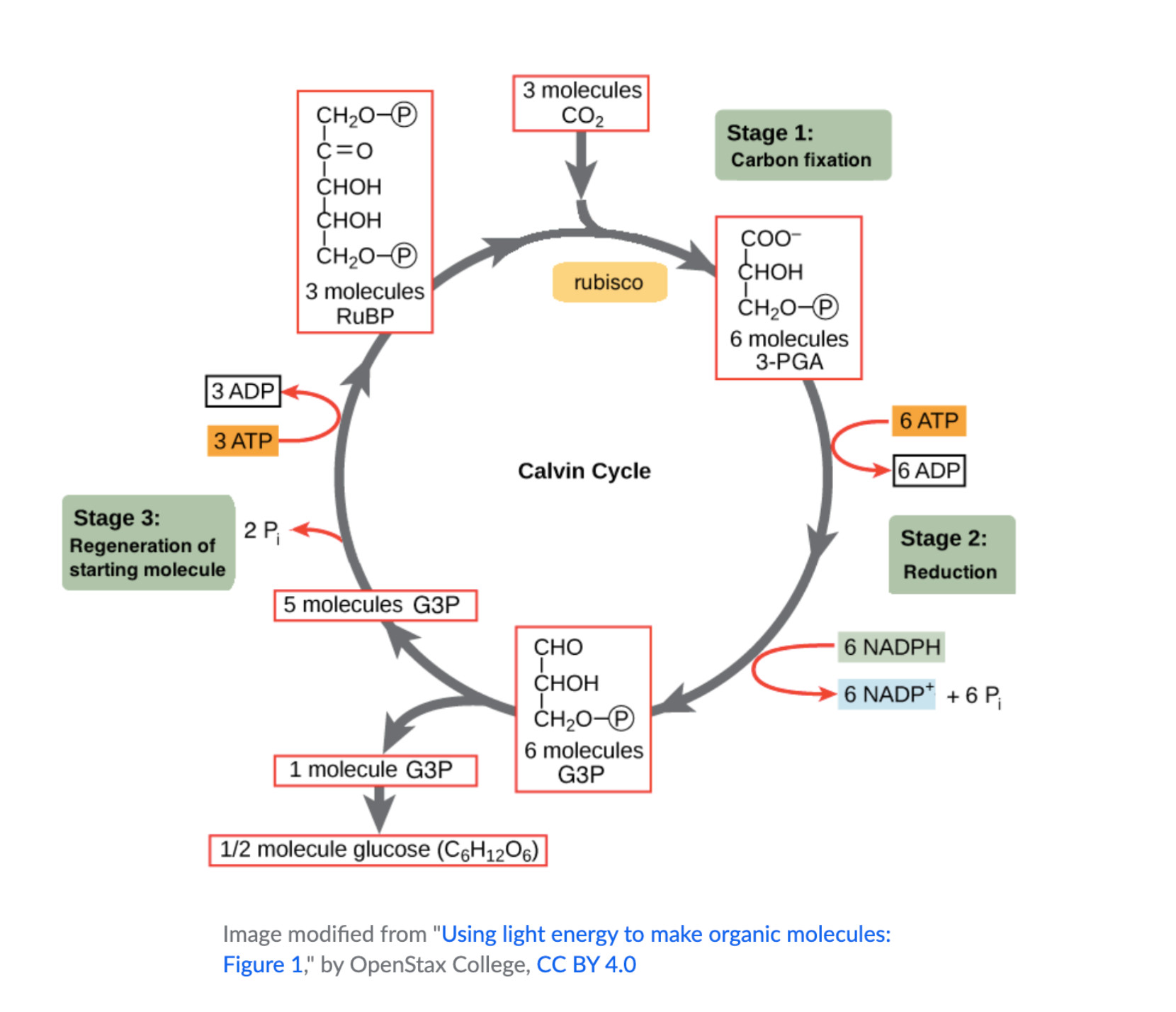Photosynthesis is undeniably the engine of plant life, the remarkable process that converts light energy into the chemical energy fueling growth and vitality. Without sufficient light to drive photosynthesis, plants can suffer dramatically, exhibiting yellowing leaves, drooping stems, leaf loss, and stunted development. For cultivators, understanding and optimizing lighting is paramount to avoid these detrimental effects of poor photosynthesis. This understanding begins with a fundamental question: Where Does Photosynthesis Happen within a plant? Knowing the precise locations allows for informed decisions about light source selection and placement, ensuring your plants thrive.
Delving into the Cellular Level: Chloroplasts and Thylakoids
The magic of photosynthesis unfolds within specialized structures inside plant cells, primarily the chloroplasts. These chloroplasts are concentrated in the mesophyll cells of leaves, making leaves the primary site of photosynthesis. Within each chloroplast are internal compartments called thylakoids. These thylakoids are where the pigment chlorophyll resides. Chlorophyll is the key player in absorbing light energy, capturing the diverse colors of the light spectrum to initiate the photosynthetic process (Source: Biology: LibreTexts). The interplay between chloroplasts, thylakoids, and chlorophyll is fundamental to understanding where photosynthesis physically takes place and how light is harnessed.
 Photosynthesis in numbers
Photosynthesis in numbers
Alt text: Infographic showing key photosynthesis statistics, highlighting light absorption rates across different wavelengths and overall photosynthetic efficiency in plants.
Interestingly, different wavelengths of light penetrate and are absorbed by the leaf structure in varying ways. While the leaf surface readily absorbs blue and red wavelengths, green light penetrates deeper into the plant tissues. It’s within the chloroplasts that this absorbed light, particularly red, blue, and green wavelengths, becomes most effective in driving energy conversion during photosynthesis. The range of light wavelengths utilized by plants for photosynthesis is known as Photosynthetically Active Radiation (PAR), encompassing the spectrum between 400 and 700 nanometers.
The Two Stages of Photosynthesis: Light-Dependent and Light-Independent Processes
Photosynthesis, while primarily occurring in the leaves and to a lesser extent in stems, is not a single-step process. It’s a sophisticated two-phase system: the light-dependent reactions and the light-independent reactions (also known as the Calvin Cycle).
The light-dependent reactions take place within the thylakoid membranes. Here, the light energy captured by chlorophyll is converted into chemical energy in the form of ATP and NADPH. These energy-rich molecules then power the light-independent reactions, which occur in the stroma, the fluid-filled space of the chloroplasts.
During the light-independent reactions, also known as the Calvin Cycle, carbon dioxide (CO2) absorbed from the atmosphere by the leaves is converted into carbohydrates, specifically glucose. This glucose serves as the plant’s primary source of energy and building blocks for growth. As a fascinating byproduct of this entire cycle, oxygen is released into the atmosphere.
 Calvin Cycle
Calvin Cycle
Alt text: Diagram illustrating the Calvin Cycle, showing carbon dioxide, ATP, and NADPH as inputs, and glucose and oxygen as outputs in the process of plant carbon fixation.
Optimizing Photosynthesis: Beyond Just Location
To maximize photosynthesis and plant growth, growers need to go beyond simply knowing where it happens. Investing in grow lights that emit the appropriate PAR radiation at the correct intensity is crucial. This involves selecting grow lights specifically designed to produce the optimal color spectrum for photosynthesis and ensuring their correct placement to deliver light effectively to the leaves where chloroplasts are concentrated.
It’s essential to note that excessive light intensity can be detrimental. Photosynthesis has a saturation point; beyond a certain light level, the rate of photosynthesis plateaus or even decreases. Therefore, providing more light doesn’t always equate to better results and can potentially harm plant health.
Furthermore, optimizing photosynthesis requires a holistic approach. Alongside light quality and intensity, factors such as light timing (photoperiod), and grow space temperature play vital roles. Plants require a balance of ‘day’ and ‘night’ light cycles to trigger flowering and navigate other critical growth stages through a process called photoperiodism. Similarly, extreme temperatures, whether too hot or too cold, can inhibit photosynthetic activity and overall plant development.
Working with experts who understand the intricacies of grow lighting and its impact on photosynthesis is highly recommended. Companies like Light Science Technologies possess the expertise to help you design and implement grow light systems that optimize light spectrum, intensity, and placement, ensuring your plants receive the precise conditions needed for efficient photosynthesis and robust growth.


